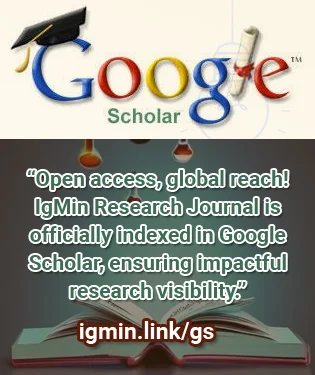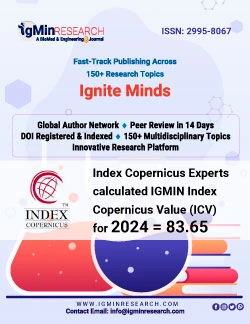要約
Introduction: Diabetic Retinopathy (DR) poses a significant threat to individuals with diabetes, leading to visual impairment and blindness if not promptly addressed. This study focuses on the prevalence of diabetic retinopathy among self-reported newly diagnosed diabetics.
Material method: This is a prospective study on 200 self-reported newly diagnosed diabetics from April 2022 to May 2023. Patient data, including complaints, diabetes duration, family history, hypertension, and therapy details, were comprehensively analyzed. Complete Ocular examinations including best-corrected visual acuity, intraocular pressure, slit lamp examination, fundus examinations, and Fundus fluorescein angiography were done. Diabetic Retinopathy was graded using a modified ETDRS grading system. Laboratory investigations included complete blood count, fasting and postprandial blood sugar, lipid profile, renal function test, and Hb1AC levels, providing a thorough assessment of patients’ ocular and systemic health.
Result: Out of the 200 diabetics, 43.5% had diabetic retinopathy, with a slightly higher prevalence in males (44.64%) compared to females. The age group 50 - 59 had the highest prevalence (74.19%), and Hindus, Muslims, and other communities showed comparable percentages. Family history and hypertension were significant factors, with 88% of those with a family history developing retinopathy. NPDR was predominant (87.35%), while 12.64% had PDR. Clinically Significant Macular Edema (CSME) was present in 59.77%, with 80.76% of these cases having concomitant hypertension.
Conclusion: The study emphasizes the imperative for early detection and comprehensive management of diabetic retinopathy among newly diagnosed diabetics. Age, gender, family history, and hypertension emerge as crucial determinants, advocating for integrated care and targeted screening programs to safeguard vision.







